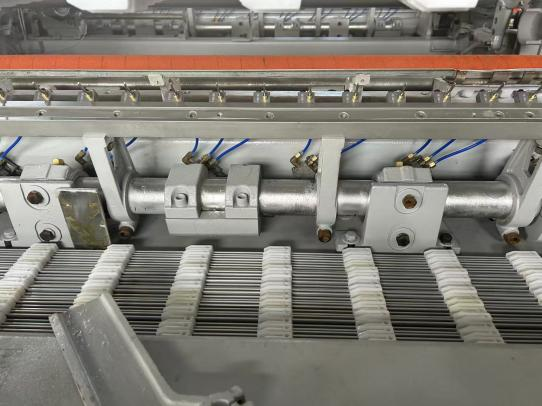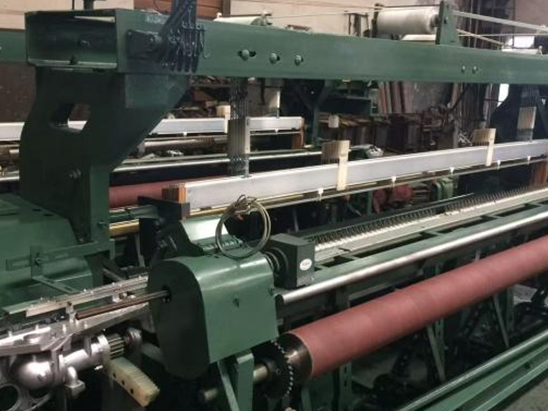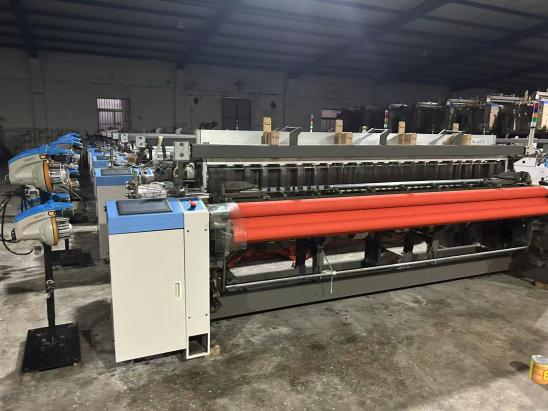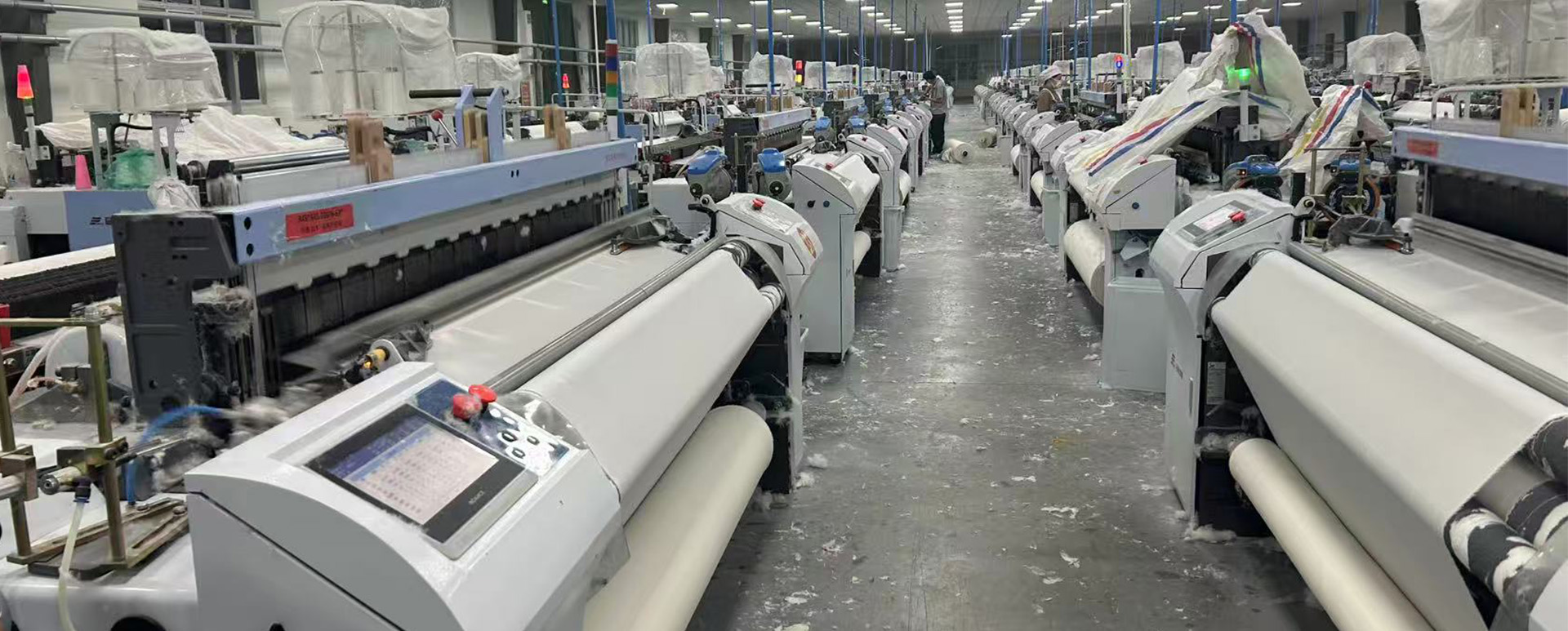Introduction to Jet Loom
Jet loom is an advanced textile equipment that uses jet technology to replace traditional shuttles, making the weaving process faster and more efficient. This type of machine has been widely used in the textile industry, especially in the production of high-quality textiles such as high-end fashion, bedding, etc.
The history of jet looms can be traced back to the 1960s, when research and development of jet looms were mainly concentrated in Europe and Japan. With the continuous advancement of technology, jet looms have continuously improved in speed, efficiency, and flexibility, making them widely used in the textile industry.
The working principle of a jet loom is to use jet technology to spray air into the shuttle, thereby pushing the shuttle back and forth to complete the weaving process. This technology can greatly improve the speed and efficiency of weaving, while also reducing defects and waste that occur during the weaving process. In addition, the flexibility and operability of jet looms have been greatly improved, making it easier and more efficient to produce high-quality textiles.
The advantages of jet looms lie in their high speed, efficiency, precision, and flexibility. It can produce a large quantity of high-quality textiles in a short period of time, and real-time quality control and adjustment can be carried out during the production process. In addition, the operation of the air-jet loom is relatively simple, reducing the occurrence of manual intervention and errors.
In short, the jet loom is an advanced textile equipment, and its development and application have ushered the textile industry into a new era. It not only improves the quality and efficiency of textiles, but also brings us a better living experience.
 What are the quality regulatio
What are the quality regulatio
 Scope of application of jet lo
Scope of application of jet lo
 Differences and Similarities b
Differences and Similarities b
 Introduction to Jet Loom
Introduction to Jet Loom

